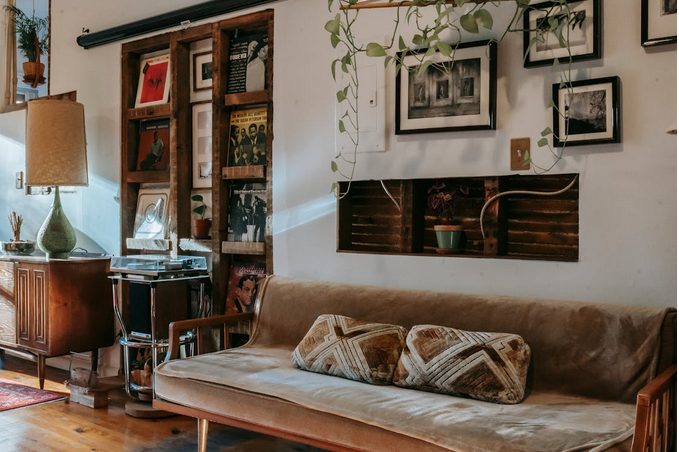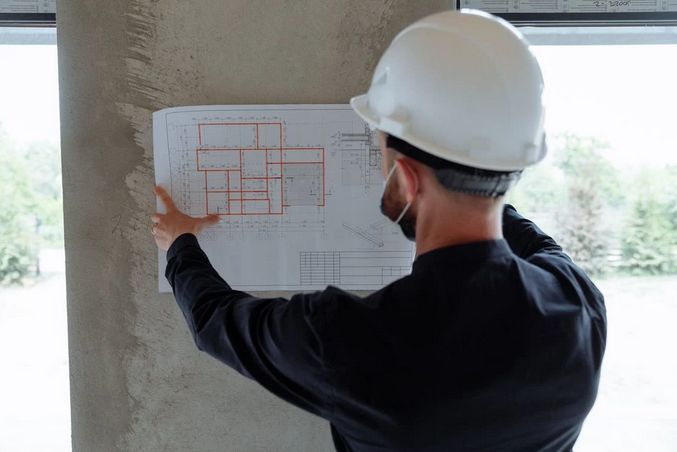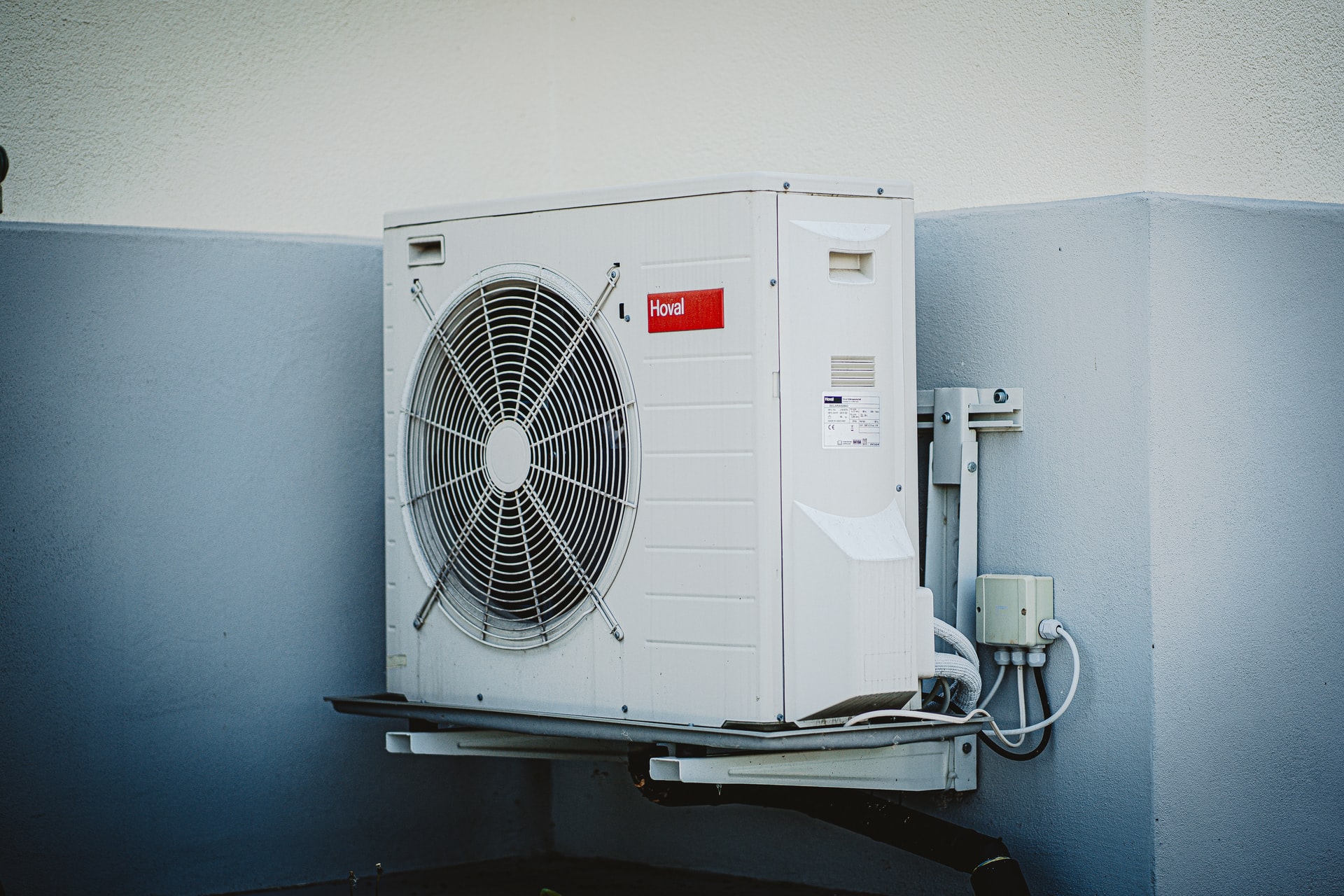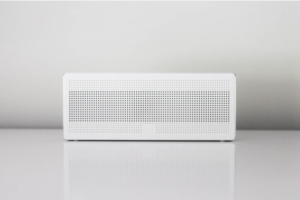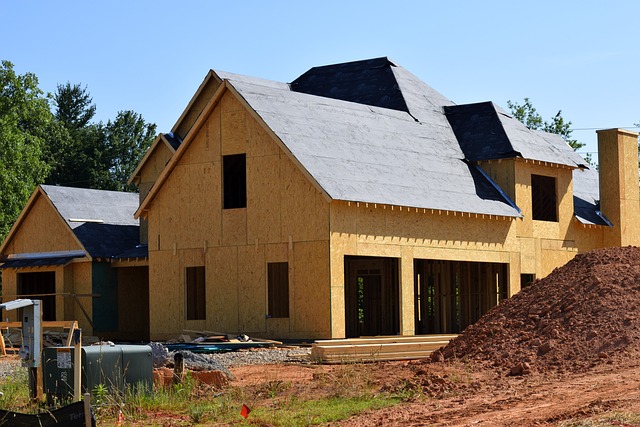
Modern Prefabricated Homes
Even though workers construct a conventional home on a website, a prefabricated house is built in a mill. To put it differently, segments of a contemporary home have been constructed in huge bits in a factory, transported into the operator’s property, built, and placed on a preexisting foundation.
Modern prefab houses are also popularly called modular homes because you’re able to put together many chambers to make the type of house you desire. Prefab houses are witnessing high demand Because of a variety of motives. For more tips on how to build prefab homes, visit www.immobilien.de/Fertighaeuser-Der-neue-Haeuser-Trend-am-deutschen-Immobilienmarkt-636436.html.
Faster Construction
 The building of a prefab house is much quicker than a custom-built home. Within two weeks of the order period, your house is prepared. Since every room is constructed in a mill, all you’ve got to do would be to put your order together with the prefab house contractors and your home is built, transported to your website and then gather. On the other hand, a conventional house can take several months or perhaps annually. Life today is becoming extremely fast and individuals are short of time. Prefab contemporary homes are a perfect option since they are quicker to develop and hassle-free. Improvements in technology have made it feasible and preferable to outsource BIM solutions like modeling and drafting.
The building of a prefab house is much quicker than a custom-built home. Within two weeks of the order period, your house is prepared. Since every room is constructed in a mill, all you’ve got to do would be to put your order together with the prefab house contractors and your home is built, transported to your website and then gather. On the other hand, a conventional house can take several months or perhaps annually. Life today is becoming extremely fast and individuals are short of time. Prefab contemporary homes are a perfect option since they are quicker to develop and hassle-free. Improvements in technology have made it feasible and preferable to outsource BIM solutions like modeling and drafting.
Better Insulation
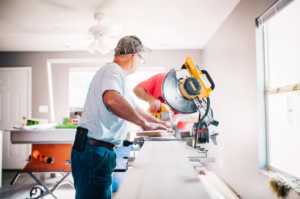


Money Saver
After your prefab house is constructed, you can save yourself a good deal of money on energy due to insulation. Cash can also be held on timber. It generally reduces design and construction costs to a great extent when compared with a conventional home. A prefabricated house’settles’ into the place throughout the settling-in period, and a few breaking of the drywall might happen.
Appliances that were erroneously installed may be repaired by altering the wiring or pipes. A setup team may correctly install the venting, heating, cooling, plumbing and electrical systems. Pipes and electric lines are joined to the town’s water and electric connections and the prefabricated parts are all sealed. Prefabricated homes may have numerous rooms and also be of unique layouts.
…
